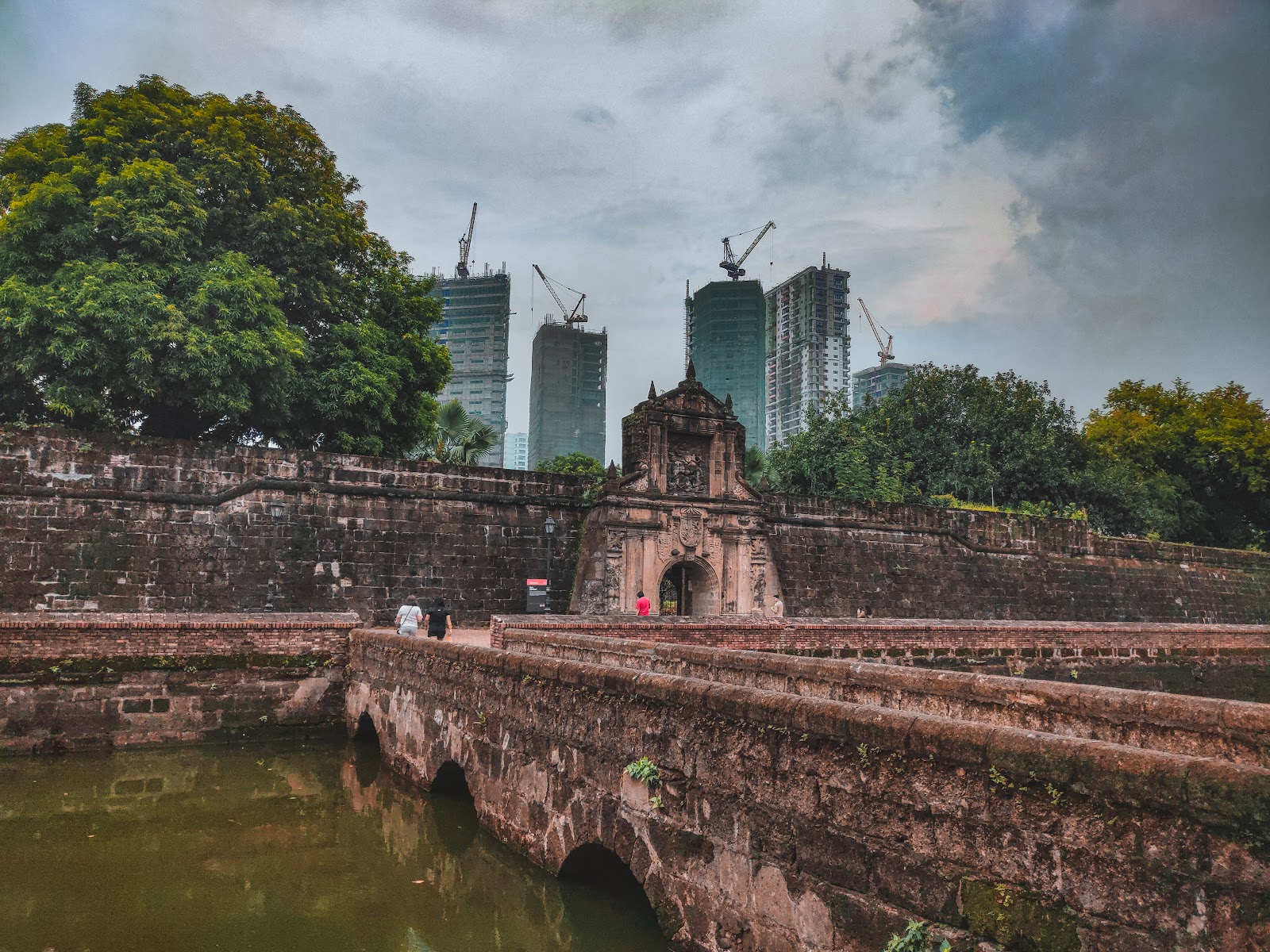Overview
Manila, the bustling capital of the Philippines, is a melting pot of history, culture, and modernity. Its streets are a vibrant tapestry of Spanish colonial architecture, towering skyscrapers, and bustling markets. For digital nomads, Manila offers a unique blend of urban convenience and cultural richness. The city's dynamic energy is palpable, with a lively arts scene, diverse culinary offerings, and a growing tech industry. Despite the chaos, there's a sense of warmth and community among locals, making it an inviting place for nomads seeking an immersive cultural experience.
Culture
Manila's culture is a rich tapestry woven from its complex history. Spanish colonial buildings stand alongside Filipino heritage sites, reflecting the city's past under Spanish rule. The Filipino spirit of 'Bayanihan' fosters a strong sense of community and support, appealing to nomads looking for a sense of belonging. Manila's arts scene is thriving, with galleries, live music, and festivals showcasing local talent.
Safety
Manila, like any major city, has areas that are safer than others. While petty crime exists, staying vigilant and following local advice can ensure a safe stay. The city is generally welcoming to foreigners, with a strong police presence in tourist areas.
Internet speed
Internet speeds in Manila are improving, with the city working towards better connectivity. While there are occasional slowdowns, co-working spaces and cafes offer reliable internet for digital work.
Cost of living
The cost of living in Manila is relatively affordable for digital nomads, especially when compared to Western cities. Accommodation, food, and transport are reasonably priced, though imported goods can be more expensive.
NightLife
Manila's nightlife is vibrant and diverse, with something for everyone. From rooftop bars with stunning city views to underground music scenes, the city comes alive at night. The district of Poblacion, in particular, is a hotspot for eclectic bars and live music venues.
Language
English and Filipino are widely spoken in Manila, making it an accessible city for English-speaking nomads. The prevalence of English in business and daily life eases the communication barrier significantly.
Cuisine
Filipino cuisine in Manila is a delightful exploration of flavors. From street food staples like 'balut' and 'isaw' to hearty meals such as 'adobo' and 'sinigang', the city's food scene is a paradise for adventurous eaters. Manila also boasts a growing number of international restaurants, catering to diverse palates.
Average weather
Manila experiences a tropical climate, with a wet season from June to November and a dry season from December to May. Temperatures average around 30°C (86°F) year-round, with high humidity levels.
Best season
The best season to visit Manila is between December and February, when the weather is cooler and less humid. This period offers a comfortable climate for exploring the city and participating in outdoor activities.
Cultural festivities
Manila's calendar is dotted with vibrant festivals, including the Feast of the Black Nazarene in January and the Manila Day celebration in June. These events offer a glimpse into the city's traditions and are a testament to the locals' fervor for celebrations.
